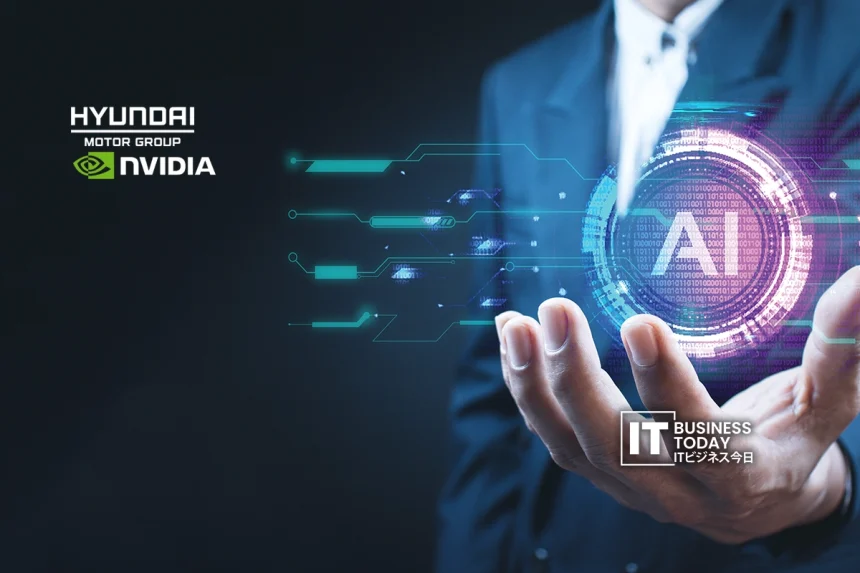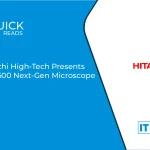NVIDIA and Hyundai Motor Group are deepening their collaboration to build an AI Factory powered by NVIDIA’s Blackwell platform, a move that will accelerate innovation in autonomous driving, robotics, and smart manufacturing.
The two companies are working with the South Korean government to strengthen the country’s physical AI capabilities. This includes establishing an NVIDIA AI Technology Center, a Hyundai Motor Group Physical AI Application Center, and a regional data hub. They’re putting close to 3 billion dollars into building a national AI ecosystem that will also help develop South Korea’s next wave of AI talent.
This shift marks an important step in the relationship between Hyundai Motor Group and NVIDIA. The partnership has gradually moved from just using software platforms to a more significant interaction, where eventually revolutionary AI solutions for today’s cars, AI-equipped factories, and advanced automobile chips, will be developed together.
Also Read: KDDI Corporation to Launch AI-powered News Search Service: A Major Signal for Japan’s Tech Sector
At the center of this plan is an AI Factory powered by 50,000 NVIDIA Blackwell GPUs. It’s designed to handle everything from training and validating to deploying AI models on a massive scale. The factory will act as Hyundai’s main engine for innovation, linking in-vehicle intelligence, automated manufacturing, and robotics into one connected system.
NVIDIA’s computing platforms will anchor this infrastructure. The NVIDIA DGX and AI systems will handle large-scale model training and software development. NVIDIA Omniverse and NVIDIA Cosmos, running on RTX PRO servers, will enable digital twins and virtual simulations that optimize manufacturing and test autonomous driving systems across countless scenarios. Meanwhile, NVIDIA DRIVE AGX Thor will act as the real-time intelligence system inside vehicles and robots, powered by the safety-certified NVIDIA DriveOS.
Hyundai Motor Group is also using NVIDIA Omniverse Enterprise to create a digital twin of its manufacturing environments. The establishment of the company will be able to virtually simulate, monitor, and optimize production, thus improving precision, predicting maintenance needs, and making robotic integration faster and safer. These virtual copies will be the backbone for the progress of completely automated, software-driven factories.
The company is taking the same approach to robotics. Through NVIDIA Isaac Sim, Hyundai can test robot behavior, motion, and safety in virtual environments before deployment on production lines. The result is greater productivity and lower integration time.
In autonomous driving, Hyundai Motor Group is piloting NVIDIA Omniverse and NVIDIA Cosmos foundation models on RTX PRO 6000 Blackwell GPUs to simulate real-world driving conditions. This capability strengthens Hyundai’s position as a leader in scalable AI-driven mobility.
Beyond factories and vehicles, Hyundai Motor Group is developing large AI models using NVIDIA’s open Nemotron model and NeMo software. The updates via over-the-air will be made possible by these models which will assist in the gradual improvement of vehicle performance and functionalities. In addition, the organizer will be introducing the in-vehicle artificial intelligence that will get manifested through personalized digital aides, adaptive infotainment systems, and comfort features that will acquire knowledge of driver’s behavior.
NVIDIA DRIVE AGX Thor will be the one to provide the required computing power for all these activities, thereby promoting advanced driver assistance, future safety attributes, and smart, engaging driving experiences.
By combining Hyundai Motor Group’s manufacturing and mobility expertise with NVIDIA’s AI and computing power, the two companies are transforming vehicles and factories into interconnected intelligent systems. This partnership signals a major step toward a new era where physical AI reshapes how cars are built, driven, and experienced.







